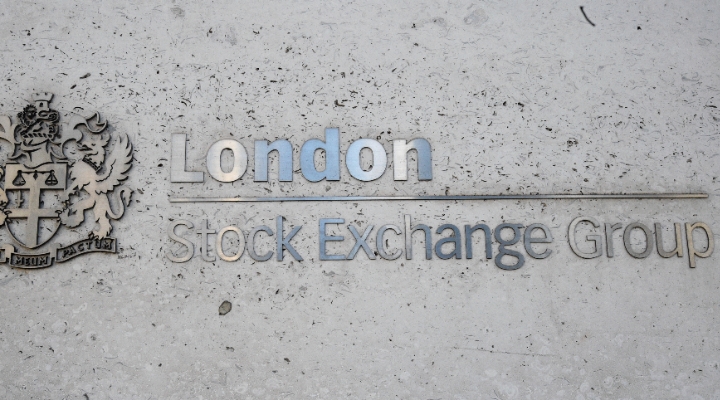We are lowering our fair value estimate for Tesco (TSCO) to £2.70 per share from £3 to reflect lower short- and medium-term sales growth due to competitive price matching in the U.K. Our updated fair value estimate implies a forward price/earnings of 13 times, enterprise value/earnings before tax of 12 times, and a free cash flow yield of 10%.
The biggest driver of our fair value estimate is our assumption that Tesco can generate low-single-digit like-for-like sales growth and sustain a trading margin just under 4.5% over the longer term. In the recent past, Tesco has struggled to grow both sales and maintain its margin; U.K. like for like sales have declined in each of the past two years, and trading margins have contracted from 6% to less than 5%. While we've been concerned about the impact of increasing competition on Tesco's margins, the impact of competition on margins has been greater and faster than we originally expected.
We now forecast Tesco’s like-for-like sales to decrease by a mid-single-digit percentage this year and a low-single-digit percentage next year due to price investments and declining traffic and volumes. However, we think significantly lower prices should help to spur volume growth over a two-year plus time horizon; like-for-like sales growth should then trend in the right direction. Overall, we expect growth will return to a low-single-digit rate, essentially due to population growth and modest increase in average ticket, over the long term. We also expect Tesco to increase its total square footage by a low- to mid-single-digit percentage annually over the next 10 years, with a majority of the growth driven by store expansion in Europe and Asia. These assumptions drive our 2.5% annual revenue growth forecast for the company as a whole.
We also estimate that trading profit margin falls to around 4% this year due to operating deleverage on negative like-for-like sales growth. However, we think Tesco should be able to leverage future growth to bring trading margin to a low to mid-4% range; we believe Aldi’s U.K. trading profit margin is around 4.5%, a level that we think Tesco could sustain with a more competitive price architecture over the long term. Significantly lower prices should help to spur volume growth over a two-year-plus time horizon, which should begin to drive like-for-like sales growth and margins in the right direction.




























